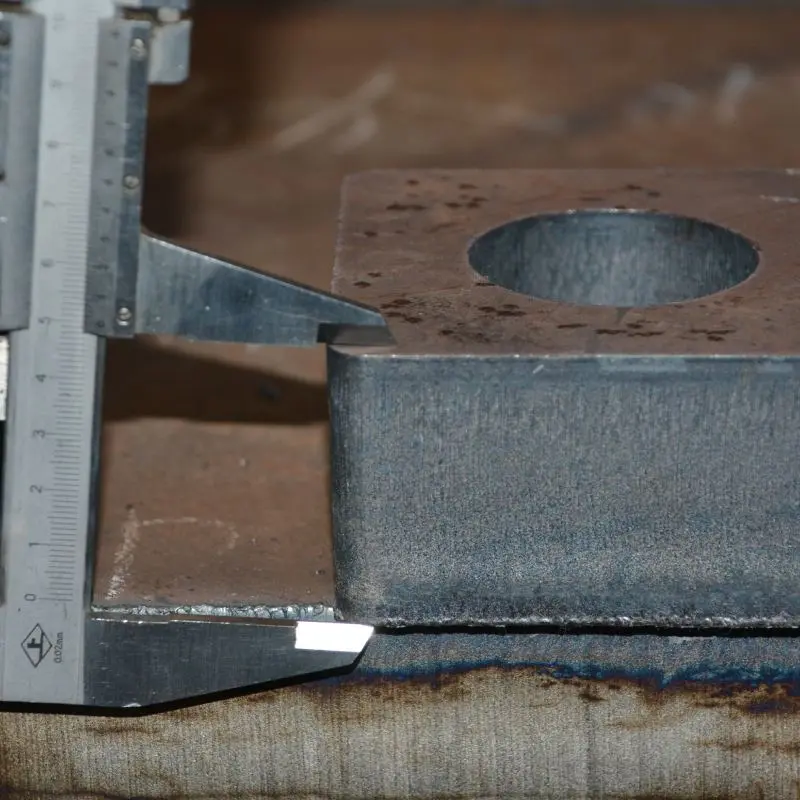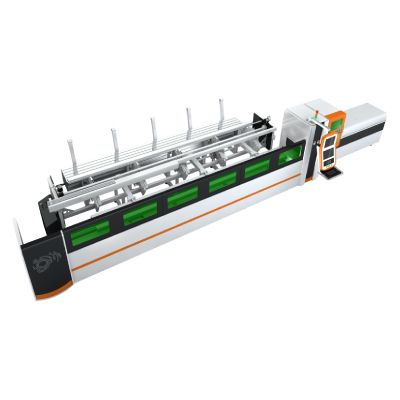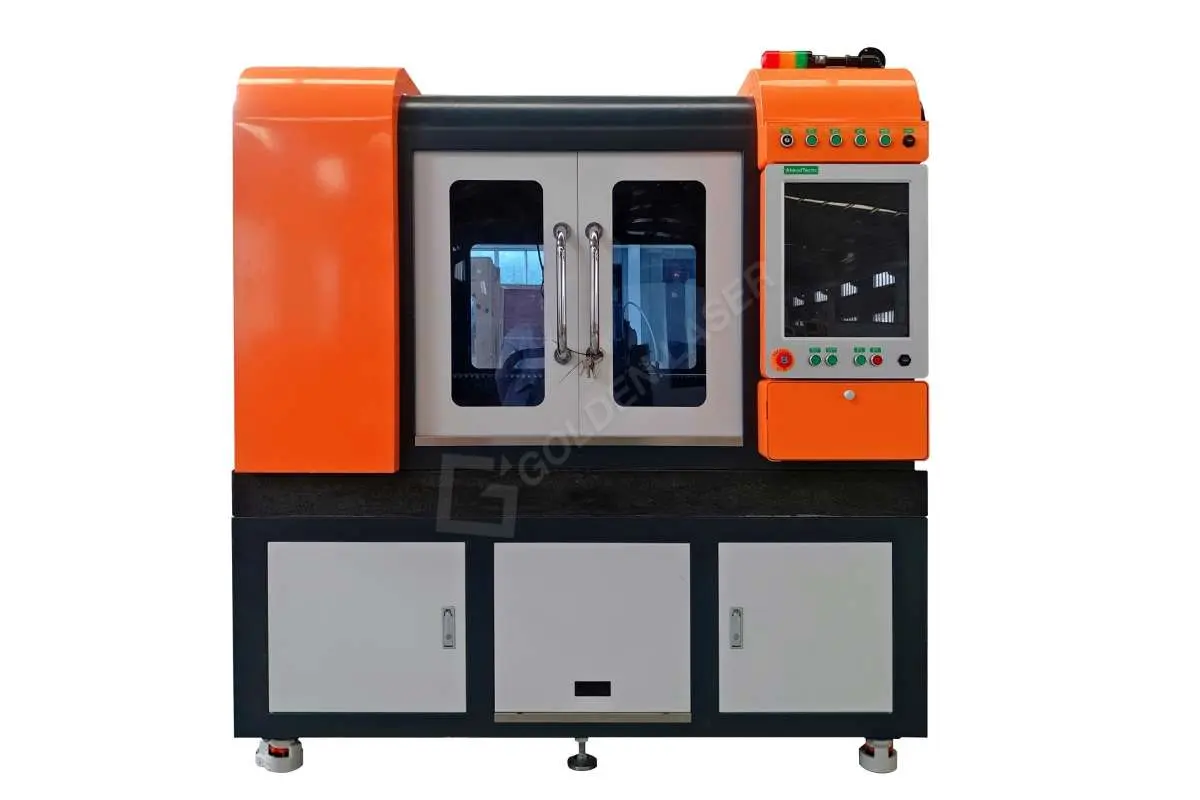[ metal laser cutting machine]The Ultimate Guide to Metal Laser Cutting Machines: Revolutionizing Precision Engineering in Various Industries
****
In the realm of modern manufacturing and engineering, efficiency and precision are paramount. One technological advancement that has significantly transformed these industries is the metal laser cutting machine. These state-of-the-art devices utilize concentrated laser beams to cut through various types of metals with incredible accuracy and speed. This article aims to explore the intricacies of metal laser cutting machines, their working principles, advantages, applications, and the future they promise in manufacturing and fabrication processes.
Understanding Metal Laser Cutting Machines

The Ultimate Guide to Metal Laser Cutting Machines: Revolutionizing Precision Engineering in Various Industries
Metal laser cutting machines function by directing a high-powered laser beam onto a metal surface. The concentrated energy of the laser heats the material to its melting point, allowing it to be cut with minimal mechanical impact. This technique is known as “thermal cutting” and is particularly effective for materials such as stainless steel, aluminum, brass, and carbon steel.
The core components of a metal laser cutting machine include a laser source (such as a CO2 or fiber laser), a motion system (for guiding the cutting head), a cooling system (to prevent overheating), and a control unit that operates via software for precision cutting. The entire process can be automated, leading to significant improvements in productivity and quality control.

The Ultimate Guide to Metal Laser Cutting Machines: Revolutionizing Precision Engineering in Various Industries
Advantages of Metal Laser Cutting Machines
1. **Precision and Accuracy**: Laser cutting machines are renowned for their precision. The focused laser beam allows for intricate designs and tight tolerances that are often unattainable with traditional cutting methods. This makes them ideal for applications that require a high degree of detail, such as in the automotive and aerospace sectors.
2. **Versatility**: Metal laser cutting machines can handle a variety of metal types and thicknesses. They are suitable for both thin sheets and thicker plates, making them adaptable to different manufacturing requirements. This versatility extends to various industries, from construction to electronics.
3. **Reduced Material Waste**: The precision of laser cutting translates into minimal kerf width, meaning less material is wastefully cut away. This not only conserves raw materials but can also lead to cost savings in production.
4. **Speed and Efficiency**: Laser cutting is a faster method compared to traditional cutting techniques. This increased efficiency allows manufacturers to improve their turnaround times, staying competitive in a fast-paced market.
5. **Automation and Integration**: Many metal laser cutting machines come equipped with advanced software that allows for easy design modifications and integration into existing workflows. This automation reduces the need for manual intervention, further increasing efficiency.
Applications of Metal Laser Cutting Machines
Metal laser cutting machines find applications across numerous sectors. Below are some of the primary industries that benefit from this technology:
– **Automotive Industry**: Precision cutting is critical in automotive manufacturing. Laser cutting machines are used to create components such as brackets, chassis parts, exhaust systems, and intricate logos.
– **Aerospace Sector**: The aerospace industry demands precision and high-quality finishes due to safety regulations. Laser cutting machines are used to fabricate parts like fuselage skins, engine components, and wing structures.
– **Construction**: In the construction industry, laser cutting is utilized for fabricating structural components, signage, and decorative elements. Its capability to handle large sheets of steel allows for large-scale projects.
– **Electronics**: The electronics industry relies on laser cutting for delicate components such as circuit boards and enclosures, where precision is key to functionality and performance.
– **Art and Design**: Artists and designers are increasingly leveraging laser cutting technology to create intricate pieces from metal, including sculptures and decorative panels, showcasing the technology’s versatility.
The Future of Metal Laser Cutting Machines
As technology continues to evolve, so too will metal laser cutting machines. Advances in artificial intelligence, machine learning, and automation are likely to enhance the capabilities of these machines. We can expect even more precise cutting, improved energy efficiency, and reduced operational costs.

The Ultimate Guide to Metal Laser Cutting Machines: Revolutionizing Precision Engineering in Various Industries
Furthermore, the integration of Industry 4.0 principles—where machines communicate with one another and adapt in real-time—will allow for even smarter manufacturing processes. This will lead to more customizable solutions tailored to specific manufacturing challenges.
In conclusion, metal laser cutting machines represent a significant advancement in manufacturing that combines precision, efficiency, and versatility. As industries continue to embrace this technology, the possibilities for innovation are limitless, paving the way for a more efficient future in metal fabrication. Laser Cuttng Machine For Metal
